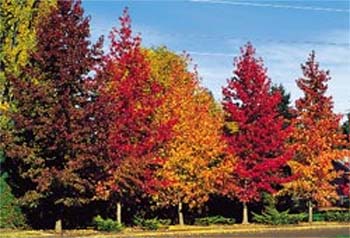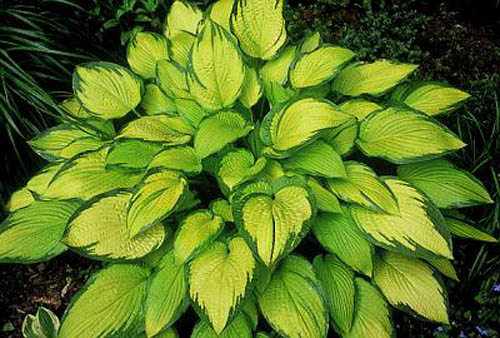This month we are going to talk about lawn mowing. Specifically, we will be addressing the maintenance of cool weather lawns found in Zone 5. These lawns are usually made up of a mixture of Kentucky Blue Grass, Red Fescue, and Perennial Rye Grass. Most lawns are usually of medium density, with upright blades, and bright green in color.
There are some factors to consider in mowing these cool grass lawns. Whether new or established grass apply, it should not be cut lower than 2 1/2-3 inches in height. For best results, never remove more than 1/3 of the blade’s length at each mowing. Not only are lawns maintained at this height more attractive but, they are more vigorous. Lawns cut too short not only look pale but, are weakened and more prone to weed invasion. Close cut lawns also require more water and fertilization. So, for a quality lawn, keep those blades raised!
Do not skimp on buying a mower. Quality mowers not only do a better job but, last longer and require less maintenance. Another area you do not want to skimp on is lawn mower blade sharpening. Keep those blades sharp! Dull or poorly maintained blades not only tear the grass blades but, can be downright dangerous. Even when using proper equipment with sharp blades, grass will take a “set” or lean in one direction if mowed the same way each time. We recommend alternating mowing vertical, horizontal, and diagonal whenever possible. This also adds a little variety to mowing, increasing your fun, and even providing a more attractive lawn.
Mow your lawn when the grass needs cut and not on a set schedule. Just because you like to cut your lawn before the big rugby match each week does not mean it is best for your lawn. Your lawn may require mowing several times a week, particularly in the spring and fall. While mowing when the grass is wet will not hurt the grass, it does pack down the soil.
Grass in shady areas can be mowed less frequently than the remainder of the lawn. We also like to mow these shady areas longer as this promotes denser growth. All areas of the lawn do not have to be treated the same.
Contrary to popular belief, grass clippings do not cause thatch build up. Clippings are composed of water and readily decompose adding nutrients back into the soil. Do not remove clippings if a fungicide or herbicide has been applied as it cuts down on their effectiveness. The only time we recommend picking up the clippings is, if the grass has been allowed to grow beyond the standard height. Healthy, regularly mowed lawns do not need the clippings picked up.
All lawns are not the same, nor are all areas of the same lawn equal. Also, what works best for your neighbor’s lawn is not necessarily good for yours. Do not be afraid to experiment, your mistakes will all too quickly grow back.



